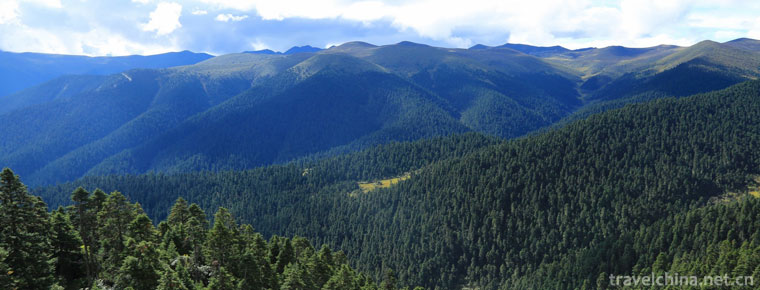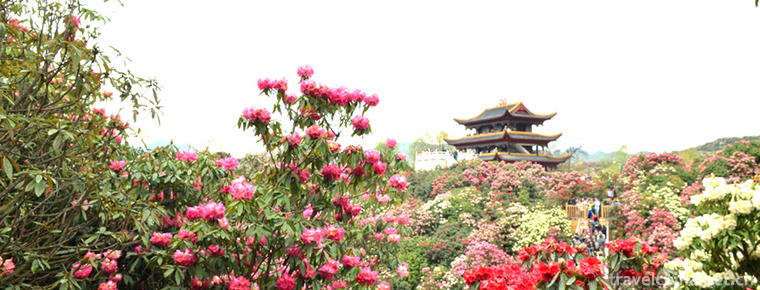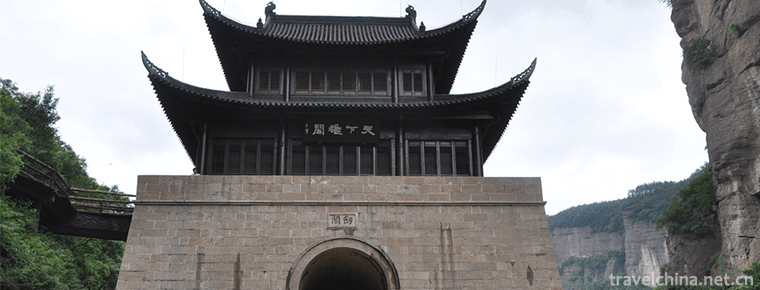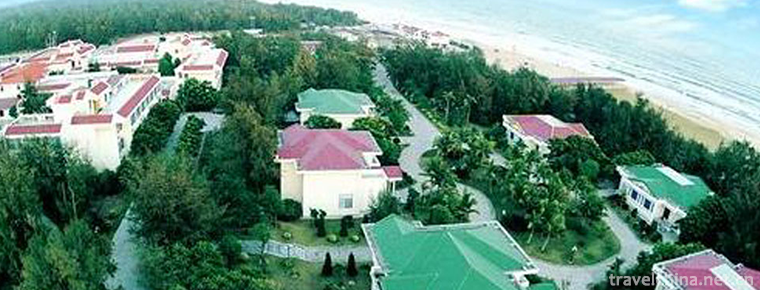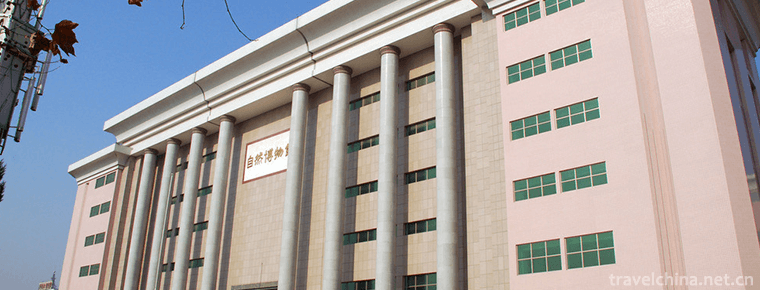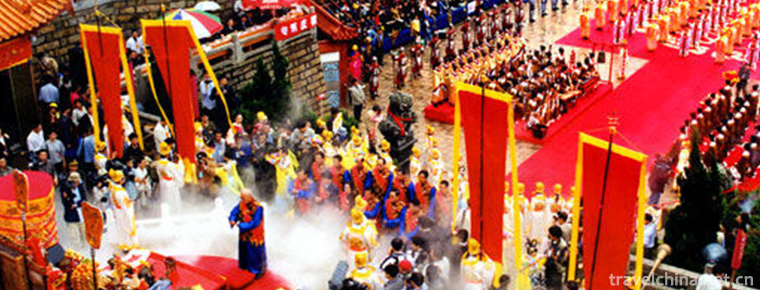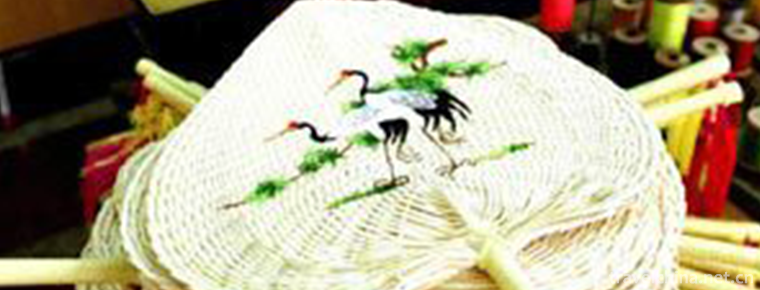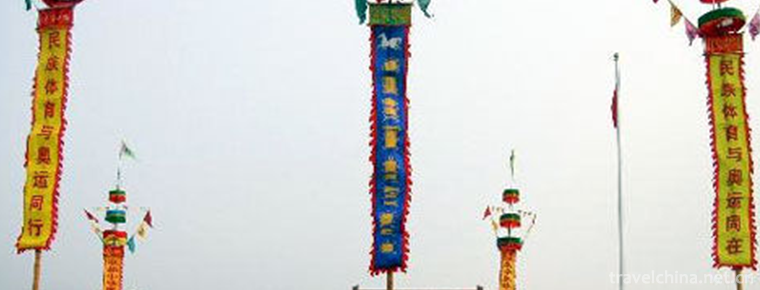Yushuizhai Scenic Area
Yushuizhai Scenic Area
Yushuizhai Scenic Area is a national AAAA level tourist area (spot), located in the north of Baisha Town, which consists of a series of scenic spots. Yushuizhai Scenic Area is a scenic spot with Naxi national culture as its core and perfect integration with natural landscape. It has now become the main tourist attraction in Lijiang. Yushuizhai is a sacred place of Dongba in the central part of the Naxi nationality, and is the source of the ancient city of Lijiang. The Natural Conservation Association of the United States designated Yushuizhai as the Dongba Cultural Heritage Base, Baisha Xile Heritage Base and Leba Dance Heritage Base to excavate, organize, inherit, research and display the ancient culture of the Naxi nationality. The Dongba Cultural Heritage Base in Yushuizhai retains the traditional and simple style of the Naxi nationality.
brief introduction
Yushuizhai Scenic Area is a national AAAA level tourist area (spot), located in the north of Baisha Town, which consists of a series of scenic spots. Yushuizhai Scenic Area is a scenic spot with Naxi national culture as its core and perfect integration with natural landscape. It has now become the main tourist attraction in Lijiang.
Yushuizhai is a sacred place of Dongba in the central part of the Naxi nationality, and is the source of the ancient city of Lijiang. The Natural Conservation Association of the United States designated Yushuizhai as the Dongba Cultural Heritage Base, Baisha Xile Heritage Base and Leba Dance Heritage Base to excavate, organize, inherit, research and display the ancient culture of the Naxi nationality. Yushuizhai Dongba Cultural Heritage Base, which retains the traditional and simple style of the Naxi nationality and reflects the beautiful natural landscape around it, truly embodies the traditional concept of "harmonious development between man and nature", the essence of Dongba culture.
Yushuizhai scenic spot in Lijiang is one of the main scenic spots in Lijiang. It is a cultural scenic spot with Naxi culture as its core and natural landscape as a whole. Yushuizhai is the base of Dongba culture inheritance. It retains the traditional and simple style of the Naxi people. Dongba village is built according to the traditional life style of the Naxi people. From the construction facilities to every detail of life, we can feel the traditional Naxi national culture.
Baisha fine music of the Naxi nationality is a musical miracle created by the ancestors of Naxi. It and the music of the Lijiang Tung Jing are both called the ancient music of Naxi. Lu Ji, former chairman of the Chinese Musicians Association, once sincerely praised Baisha Xile as a "living fossil of music". Dongba murals are also an important part of Naxi Dongba culture. Yushuizhai Dongba Painting Gallery uses Dongba Painting techniques to present Naxi people's thoughts and wisdom in an image and panoramic way, such as world outlook, values, ideals, beliefs, production and life.
There are three famous Dongba masters in the scenic area presiding over daily affairs. There are several Dongba students who study Dongba scriptures, Dongba dances, Dongba rituals and Dongba Arts in Yushuizhai. Every year on March 5 of the lunar calendar, Dongba in the whole Naxi nationality area gathers in Yushuizhai and holds the annual East Bashiro Meeting in the East Bashiro Temple. Baisha fine music is a musical miracle created by Naxi ancestors. Baisha Xile and Lijiang Dongjing music are the two classical music of Naxi. Lu Ji, former chairman of the Chinese Musicians Association, sincerely praised Baisha Xile as a "living fossil of music". Yushuizhai is the venue of the Seven Stars Cross-Country Challenge in 2001. The 2002 Lijiang International Dongba Cultural Tourism Festival was held in Yushuizhai.
Main attractions
Dragon Triassic Water If a large spring water down the hillside, folded into Triassic. Naxi people's worship of the Triassic water of the dragon is integrated into their life, they build their own water into the shape of the Triassic springs; they put the "triassic water" on the dinner table and divide the tableware into three layers with high and low plates, bowls and hot pots; they build the "triassic water" into the courtyard of the Naxi people, and Naxi women wear the "triassic water" on their bodies.
Dongba Village in Yushuizhai is built entirely in accordance with the traditional life style of the Naxi people. From the layout of the courtyard to the building facilities, to the tools used, to the details of life, we can feel the traditional national cultural atmosphere. This is the heritage base of Dongba culture. There are three most famous Dongba masters. They have the knowledge of Dongba culture.
Dongba sacrifice is an important part of Dongba culture. The elements of Dongba culture are displayed in sacrificial activities. There are three ceremonies in Dongba sacrificial activities: sacrifice to heaven, sacrificial offices and sacrificial customs. Yushuizhai has the oldest and exemplary sacrificial sites in Lijiang. In October 1999, during the first International Dongba Cultural and Art Festival in Lijiang, China, Yushuizhai was the designated place for sacrificial display of Dongba culture.
Dongba murals are also an important part of Naxi Dongba culture. Yushuizhai Dongba Painting Gallery uses Dongba Painting techniques to present Naxi people's thoughts and wisdom in an image and panoramic way, such as world outlook, values, ideals, beliefs, production and life.
Dongba Shiluo Temple_is the most important place of Dongba Club, which is the largest activity in the traditional Dongba sacrifice of the Naxi nationality. During this period, the main sacrifices were grain, butter, fragrant oil and livestock, but they could not be used for wild animals. In front of the main Pavilion is a big incense burning stove.
Divine spring
Up the waterfall, I came to Shenquan. I saw a great deal of water gushing out from the cracks in the rocks. It was pure, transparent and fresh to the extreme. At that time, American scholar Locke lived in Lijiang for 28 years, and Baisha was an important place for his activities. He praised the spring water flowing out of Yushuizhai. Every time he went out for an inspection, he always took the spring water here for drinking. Even when he left Lijiang. Shenquan is actually the snow melting water on the top of Yulong Snow Mountain. After 2,400 meters of rock infiltration, the spring gushed out. According to the test, it is extremely rare mineral water.
Traffic information
From Lijiang to Yushuizhai:
1. You can get to Yushuizhai by bus No. 6 (ticket price is 1 yuan) at the entrance of Xiangshan Market.
2. You can take a taxi in Lijiang City for 80 yuan one way.
3. Enter Yushuizhai (ticket 50 yuan per person) to enjoy the beautiful scenery.
Best travel time
Lijiang is a plateau-type southwest monsoon climate with low temperature and large temperature difference between day and night. The best season for visiting Lijiang is spring and summer. Carry-on items: short-sleeved T-shirt, sweater, coat, sunscreen, rain gear.
Lugu Lake is located between the mountains, and the lake surface conditioning temperature, the climate is warm in winter and cool in summer, the average monthly temperature is less than 20 degrees Celsius, but the best season to travel to Lugu Lake is spring and summer.
Shopping in scenic spots
Lijiang Ancient City is the main commodity distribution center and handicraft production area in Northwest Yunnan. Therefore, the specialties of southwest areas can be bought in Lijiang. In the center of the ancient city of Lijiang, there is a square market with nearly 6 acres of land. It is surrounded by neat shops, commonly known as "Sifang Street", which is the most traditional shopping market in Lijiang.
There are many small shops selling handicraft products in the alleys of the ancient city, such as Kun School Art House, Brothers Art Space, Juyiyuan Gallery, Bunongling, Dongba Workshop and so on, which are all ethnic handicraft shops with unique flavor. Most of the handicraft products here are handmade, and the price is relatively expensive. For example, a simple handicraft package with an opening price of 20 yuan can generally be cut down to about 12 yuan. Not only can you choose the right products here, but sometimes you can see the whole process of crafts making.
Friends who like collecting murals suggest that you buy the local Naxi murals, which are worth collecting. The prices range from 15 to 30 yuan. They can also be drawn with Naxi hieroglyphs on the spot according to tourists'requirements. They can be placed on the desktop for decoration. The effect is really good.
After experiencing the Mosuo customs of Lugu Lake, you can also buy some local specialties such as Su Li Ma wine, pig fat meat (Pipa meat), small Liangshan apples, etc., which are also purchased from the farmers' families, and can be bought in the shops of Ning Lang County town, that is, the weight is heavier, we should take into account the convenience of carrying.
Tip: Shopping in Lijiang must not be too impulsive. A lot of interesting things are often found in remote alleys. Look more and clean more to find good things.










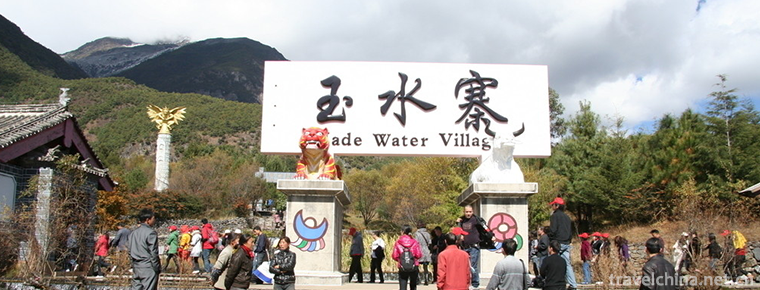
-
The Bund
The Bund, located on the Huangpu river bank in Huangpu District, Shanghai.
Views: 160 Time 2018-10-12 -
Baili Rhododendron Scenic Area in Bijie City
Bijie Baili Rhododendron Scenic Area is located in the northwest of Guizhou Province and the central part of Bijie City. It belongs to the Baili Rhododendron Management Area of Bijie City..
Views: 218 Time 2018-12-12 -
Jianmenguan Scenic Area
Jianmenguan Scenic Area is one of the national AAAAA class tourist attractions, National Scenic spots, national key cultural relics protection units, National Forest park, national natural and cultura.
Views: 200 Time 2018-12-12 -
CITIC Golf Seaside Resort
Shantou CITIC (China International Trust and Investment Corporation) Resort Hotel is a foreign-related tourist resort hotel affiliated to Shantou Company of CITIC South China Group..
Views: 152 Time 2018-12-22 -
Shandong Tianyu Natural Museum
Shandong Tianyu Natural Museum is located in the western section of Lianhuashan Road, Pingyi County, Linyi City, Shandong Province. It is the largest natural geological museum and the largest dinosaur.
Views: 261 Time 2019-02-08 -
Construction Techniques of Li Nationalitys Ship type House
The carrier of the excellent architectural skills of the Li nationality will inevitably fade out of sight in the fierce collision between traditional civilization and modern civilization. Today only a.
Views: 260 Time 2019-05-12 -
Mazu memorial ceremony
Mazu Festival, which originated in Song Dynasty, experienced Yuan, Ming and Qing dynasties and continued to expand and enrich. By the Qing Dynasty, Mazu was named "Tianhou", and the title re.
Views: 204 Time 2019-05-15 -
Xinhui Sunflower Art
Xinhui Sunflower Art, a traditional Chinese handicraft, originated in Xinhui District, Jiangmen City, Guangdong Province. Xinhui Sunflower Art has a history of more than 1600 years, and became famous .
Views: 124 Time 2019-07-06 -
acrobatics on a high flag pole
The banner is a kind of flag with different sizes. Zhongbian is a kind of flag with gorgeous decoration, honor features and competition strength. Zhongbian originated from the flagpole of the Royal Gu.
Views: 248 Time 2019-08-03 -
Kangding yak meat
There are many wild medicines such as Fritillaria, Cordyceps and so on growing in these areas over 3500 meters. Yaks often eat these herbs, and their meat is incomparably delicious. After being killed, they can be roasted in brown sauce, stewed or dried in the cold.
Views: 200 Time 2020-12-06 -
Plant resources in Neijiang
Neijiang City is a subtropical evergreen broad-leaved forest belt with mild climate and abundant rainfall, which is suitable for the growth of a variety of trees. There are more than 60 subjects, 110 genera and 190 species. Neijiang is mainly composed of timber forest.
Views: 304 Time 2020-12-16
